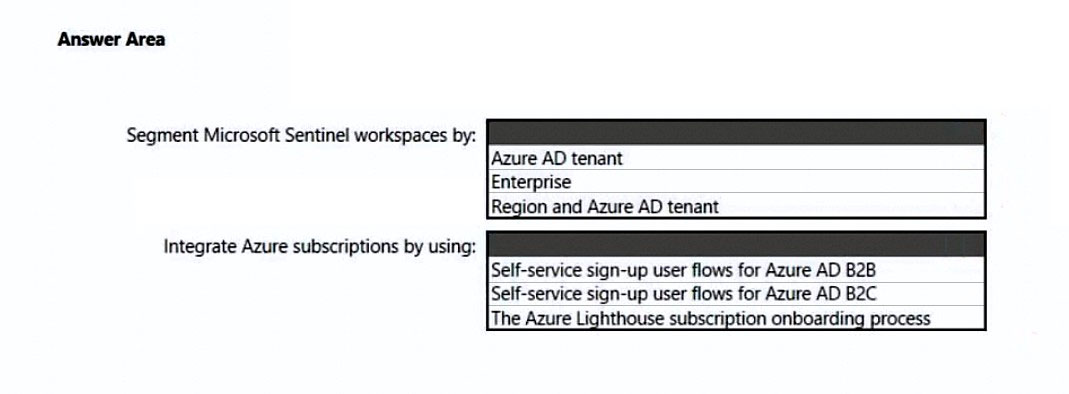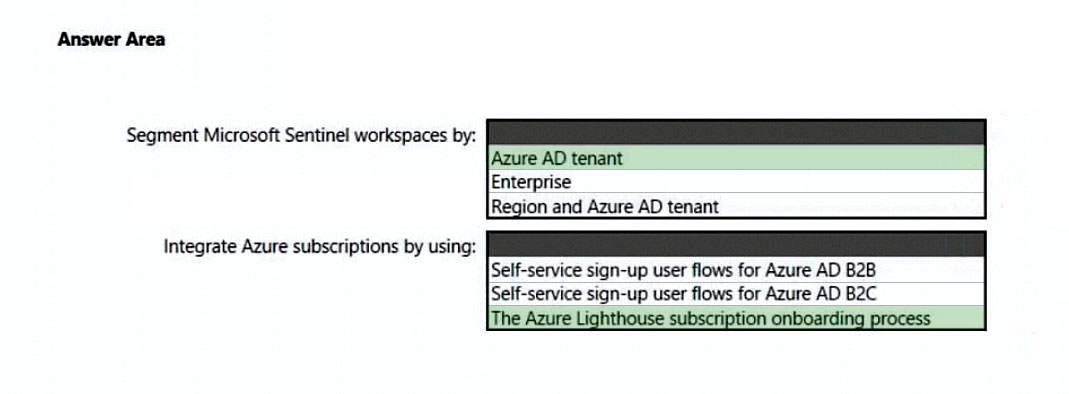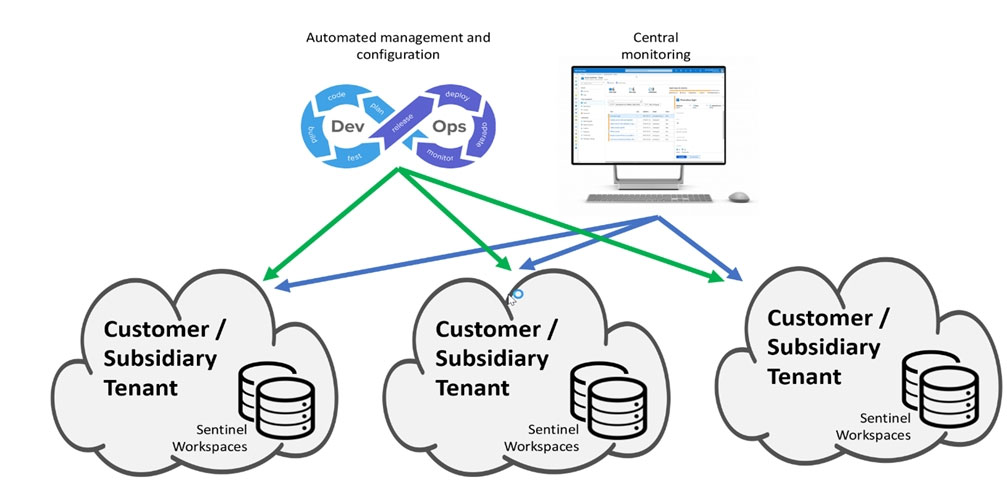

HOTSPOT -
You need to recommend a SIEM and SOAR strategy that meets the hybrid requirements, the Microsoft Sentinel requirements, and the regulatory compliance requirements.
What should you recommend? To answer, select the appropriate options in the answer area.
NOTE: Each correct selection is worth one point.
Hot Area:


PlumpyTumbler
Highly Voted 1 year, 11 months agoD3D1997
1 year, 6 months agoGranwizzard
1 year, 10 months agoWMG
1 year, 8 months agoTJ001
Highly Voted 1 year, 7 months agoslobav
Most Recent 10 months, 2 weeks agozellck
1 year, 2 months agozellck
1 year, 2 months agoGurulee
1 year, 4 months agopurek77
1 year, 6 months ago